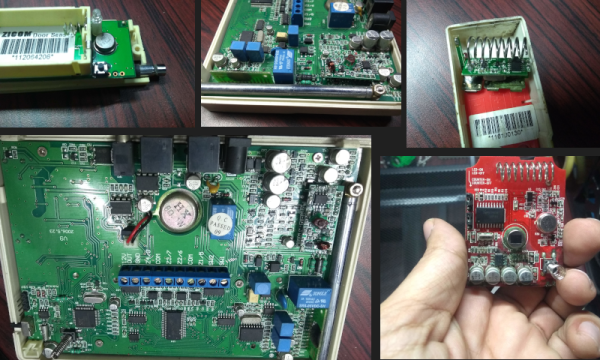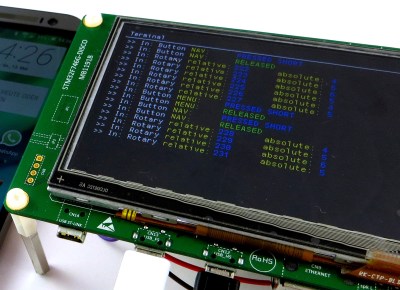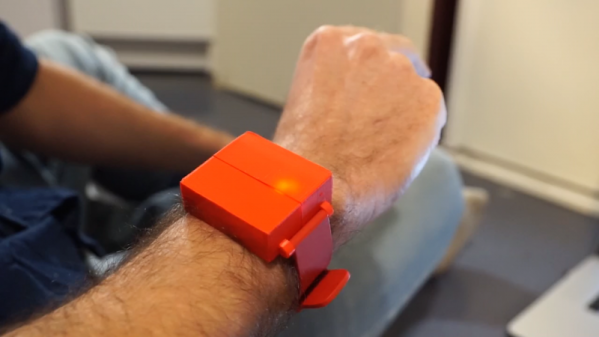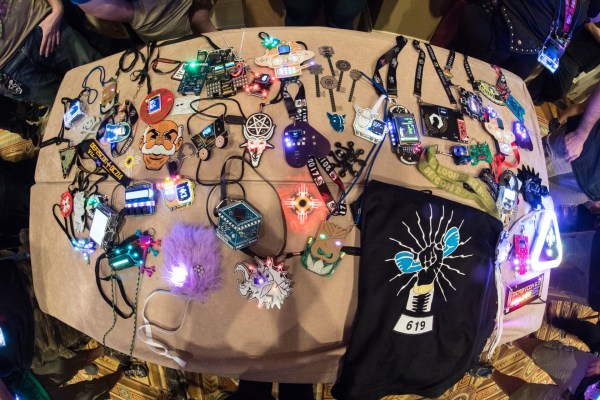Join Mike Szczys and Elliot Williams as they riff on the coolest hacks from the past week. Clocks and 3D printing seem to keep coming up this week as we look at using an FPGA plus GPS receiver for better accuracy than we’re used to, and we haggle over what to call the robot arms that nudge the hands on a shelf-clock. There’s a wicked 3D-printed planetary gear design, and brackets that turn flat cardboard into boxes (more useful than you might think). We close out with great reads on the Supermicro fallout of the last 7 months, and a pretty big oops-moment as a hacker knocks out keyfobs for an entire neighborhood.
Take a look at the links below if you want to follow along, and as always, tell us what you think about this episode in the comments!
Take a look at the links below if you want to follow along, and as always, tell us what you think about this episode in the comments!
Direct download (60 MB or so.)





















